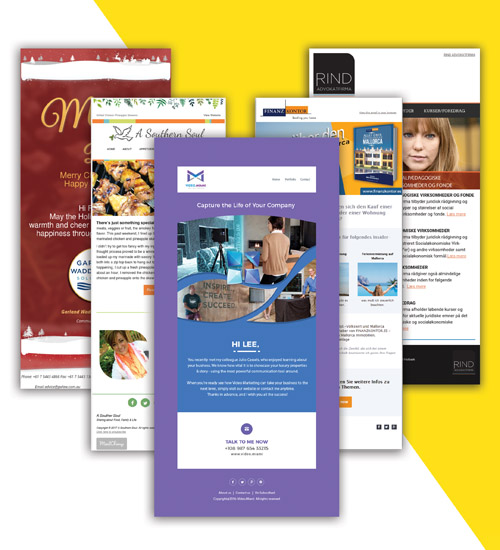It very important to understand the importance of Human Centric Design. As we get more and more immersed in the world of technology, We get more and more away from the emotions that drive human mind.
We tool a Design workshop recently in our office. It was taken by our Design Consultant – Sanya Jain who stressed the importance of Design across all functions in marketing.

Human Centric Design for the Web
We live in a technology age that is unprecedented and all pervasive. The clearest indicator of this is the manner in which the internet has become such an inalienable part of everyone’s life. This was something that was thought inconceivable not many years ago, when the internet had just made an appearance. A great deal of credit for bringing about this change accrues to the manner in which one approaches web design these days. Instead of expecting people to get used to a design as in the past, a human centric template for web design that makes using the internet a seamless and intuitive experience has become the norm.
What is Human Centric Web Design
Human centric design is based on the principle of coming up with creatives solutions that address human needs at every stage of the development of a website. This can be done by developing a full understanding of the profile of the visitors to the website in question and understanding what is the kind of information that they seek. Based on this deep understanding of the purpose behind a website, one can design a website that speaks to the innate needs of the user.
Creating a Human Centric Web Design
The basic building block of a human centric web design lies in obtaining all the relevant information pertaining to the target audience. Anyone accessing a website with the intention of finding a resolution to a problem, needs for it to provide the precise information in the best possible manner-something that might convince that person to buy the solution offered.
For such a scenario to unfold the web designers will need to consider a number of website concepts as well as wireframes along with feedback on how users respond to the website designs in question. Central to this planning on the part of the web designers is the ability to present the users with multiple user solutions that are viable.
Bringing it all together
Once a designer has zeroed in on the best possible concept, the task of building a site based on that begins in true earnest. It is important to note that it is as important to continue to obtain insights and feedback on the evolving website under construction, as it was during the conceptualizing stage. This helps the website pass muster both from a technical as well as a user-friendly point of view.
Continual research and insight from the right quarters helps in creating an ideal human centric website that is just right for the target audience in mind. For the latter to feel that way it is important to give the human element the pride of place right through the designing process. The true success of any web design lies in its ability to perform equally well on both technical and human parameters.
The human aspect of web design must take into account things like the font size, the color scheme and the ease of navigation between pages. Who else, but the human users themselves to consult with on getting a handle on how to make the website in question fully human centric?
Conclusion
Human centric web designing helps a business enhance the user experience of its target audience, even while improving its own profitability. The less time that a user must spend navigating a website to find a solution to their problem, the better their life becomes. Obtaining groceries in next to no time or finding a dream job online are just a couple of ways in which a website designed keeping the human being in mind, makes a huge difference to peoples’ lives. While the users benefit in immense ways the business in question increases its sales and in the process steals a march over the competition. Besides, it helps enhance customer loyalty towards one’s brand or business, even while forging a strong bond with them.
Human elements in web design help straddle the distance between the digital and physical experiences. The best way to incorporate it is to obtain a thorough understanding of one’s target audience by way of ethnographic research, behavior analysis as well as understanding their typical sales journey. By doing this a business can home into their pain points and thereby discover business opportunities.





